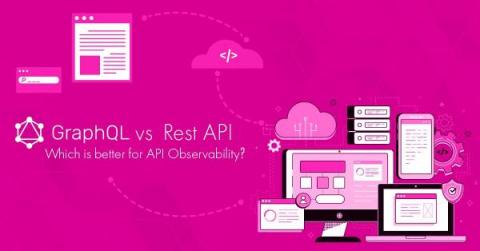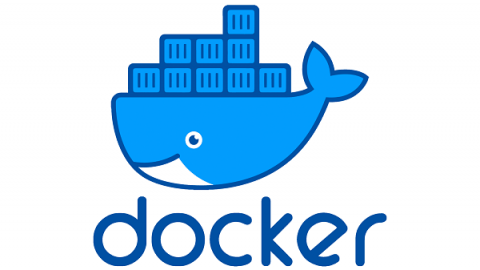Systems | Development | Analytics | API | Testing
API
The Future of Passwordless Authentication
Do you recall what your first password was? It was probably something easy that you could remember easily, such as your birthdate or the name of your pet. However, as you created additional online accounts, your passwords grew more complex and difficult to remember. It's a problem that many people face. As a result, many of us tend to reuse passwords across many accounts, exposing our personal information to theft.
Using gRPC with Golang
In this tutorial, you will learn how to work with the gRPC Golang library for microservice communication by creating a simple note-taking application. APIs and service-to-service communication are what make modern microservice architecture possible. REST is generally the preferred implementation pattern, but if you only use REST, you could miss out on the significant performance gains that gRPC can offer. gRPC can provide better speed and efficiency than REST APIs.
GraphQL vs REST API: Which is better for API Observability?
API providers need to observe their APIs to get meaningful data about whether and how they are consumed in practice. API observability is a form of monitoring that passively logs API traffic to an observability service. Different from traditional API monitoring, with API observability you: Monitor interactions to improve developer experience Understand how customers use your API Troubleshoot your API Observing REST APIs is well understood and supported, but not every API is a REST API.
Understanding the new Kubernetes Gateway API vs Ingress Tech Talk
Understanding the new Kubernetes Gateway API vs Ingress
Getting Started With Docker Compose and Speedscale CLI
Observability, introspection, logging, and dependency mapping are critical when building APIs. With the advent of microservice architecture, understanding what happens inside your container is vital during development. Speedscale CLI is a container-centric tool that allows you to monitor inbound and outbound traffic. With Speedscale CLI, you can monitor raw requests, latency, encoding, and detected technologies.
Webhook security: Four risk scenarios and how to secure webhooks
A few weeks ago we talked about webhook integration and briefly mentioned webhook security as one of the key points to consider in this context. I feel like today we can dive deeper into this topic.
Why You Need to Think about API Automation and Scalability
First published on The New Stack. The pandemic has accelerated the shift towards digital channels for banking, retail, and a host of other services. As a result, businesses are shifting their digital transformation initiatives into overdrive in order to meet customer demand for online interactions, which should be both inviting and secure. APIs act as key drivers behind most successful digital enterprises.
Introduction to API Gateways and Microgateways
An API gateway lets API calls enter and leave to reach their corresponding destination points, better known as microservices, in a system. An API gateway is mainly responsible for routing API calls. Its secondary responsibilities include security, caching, load balancing, rate-limiting, dynamic discovery and routing, management, and scaling the number API calls.











